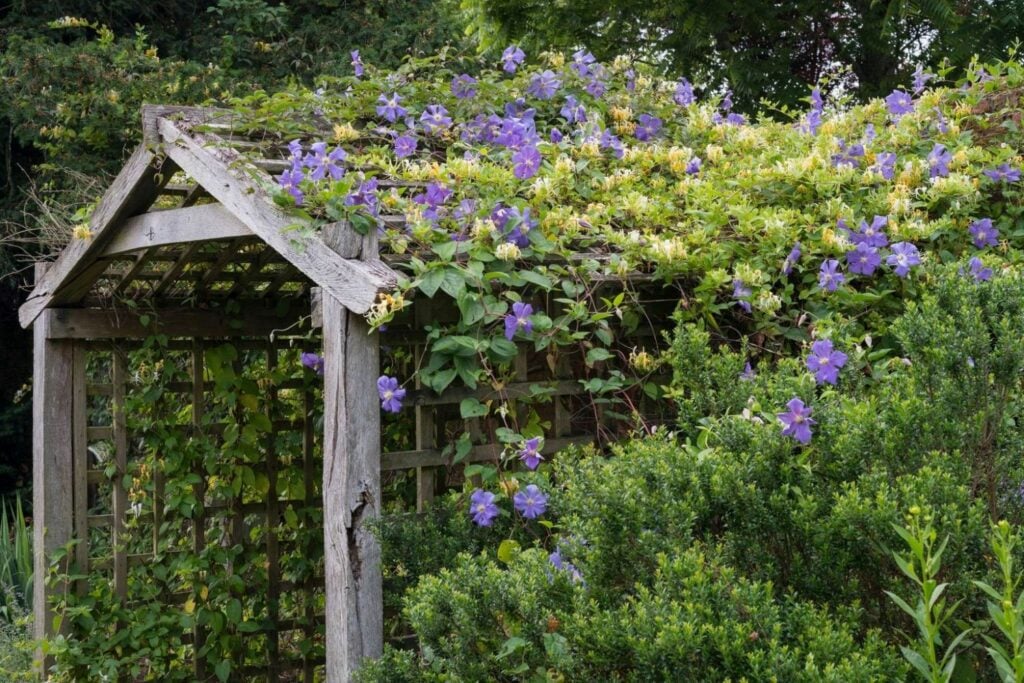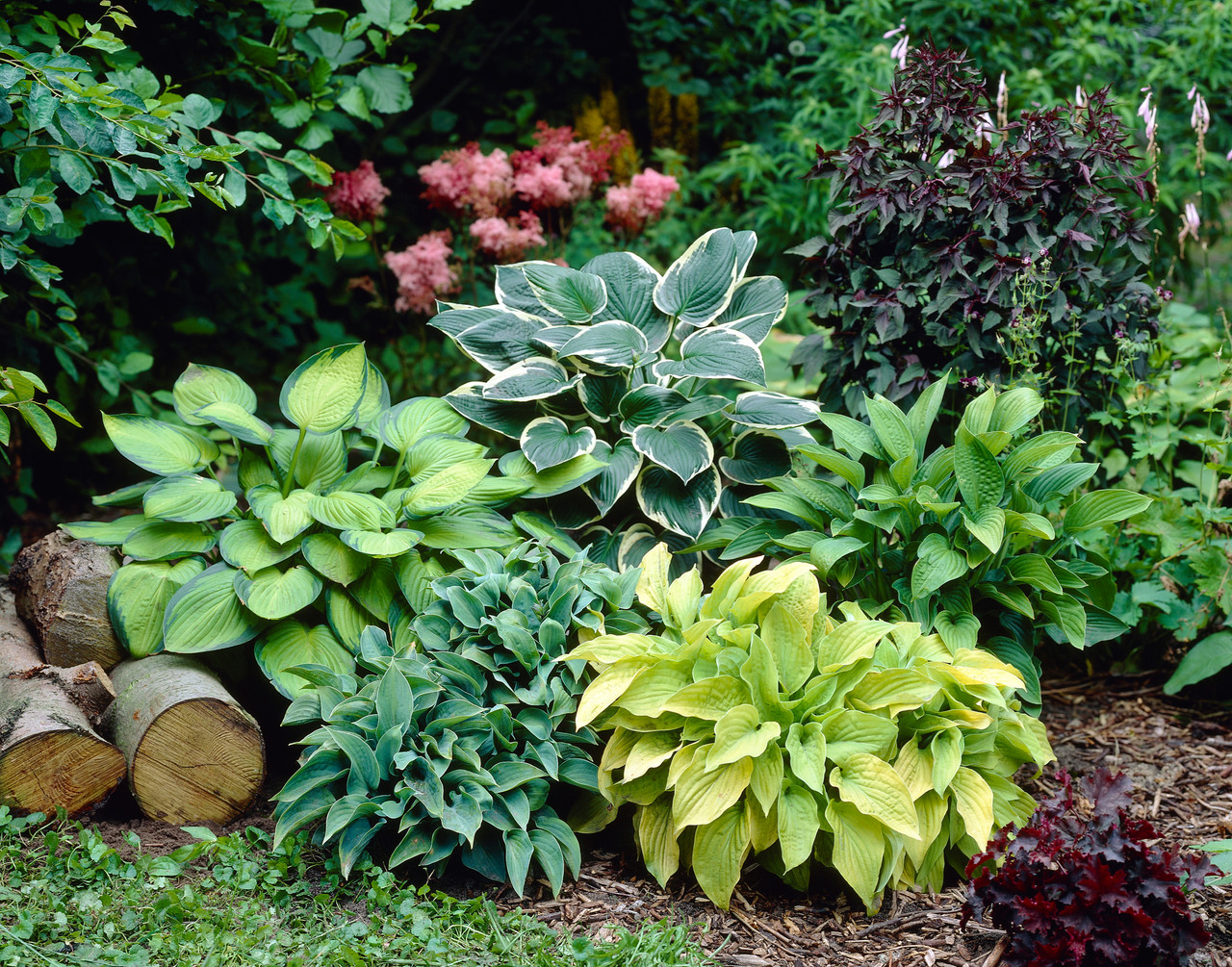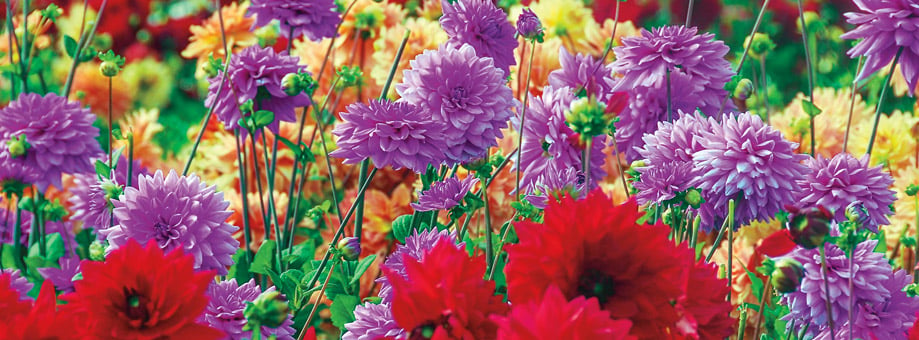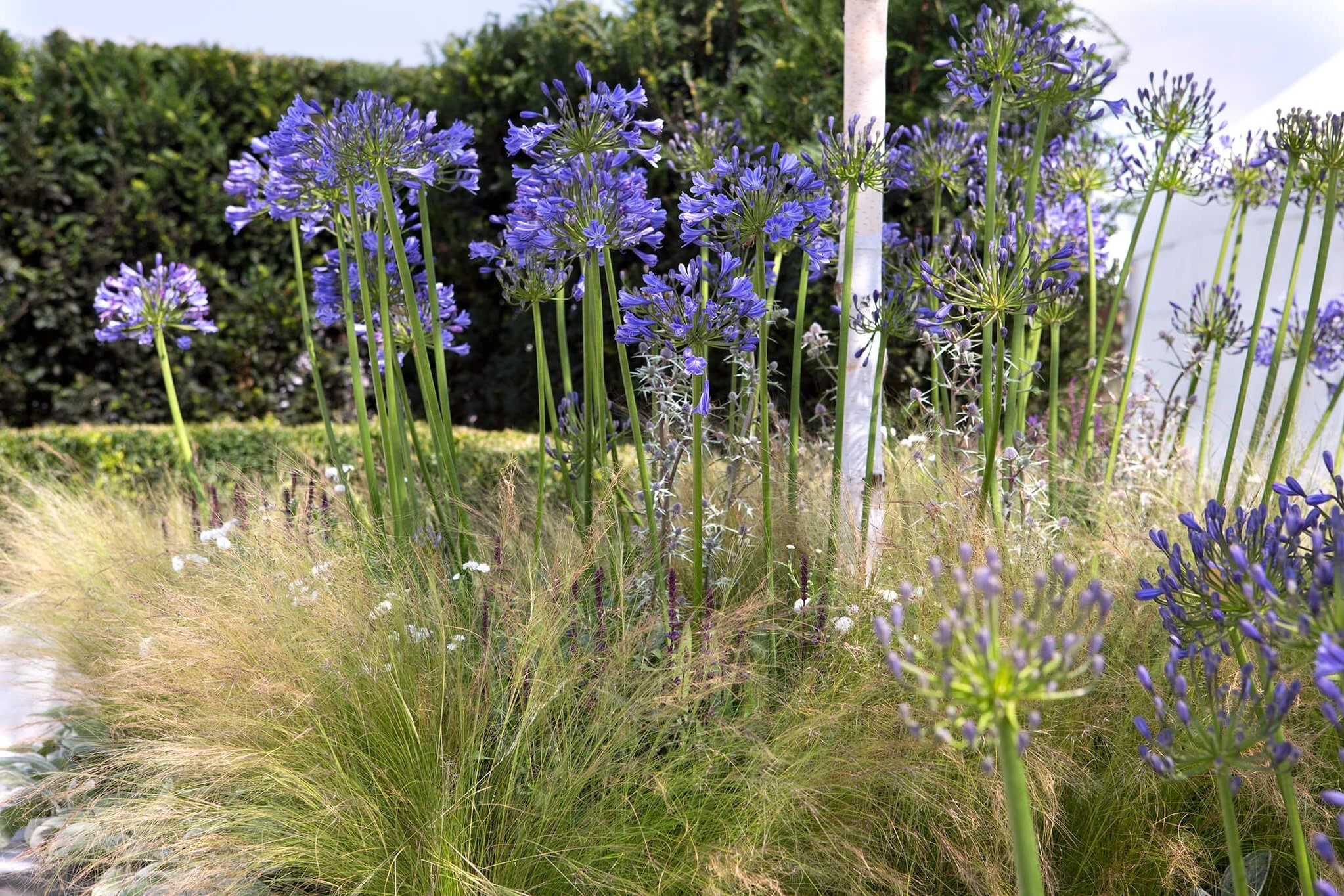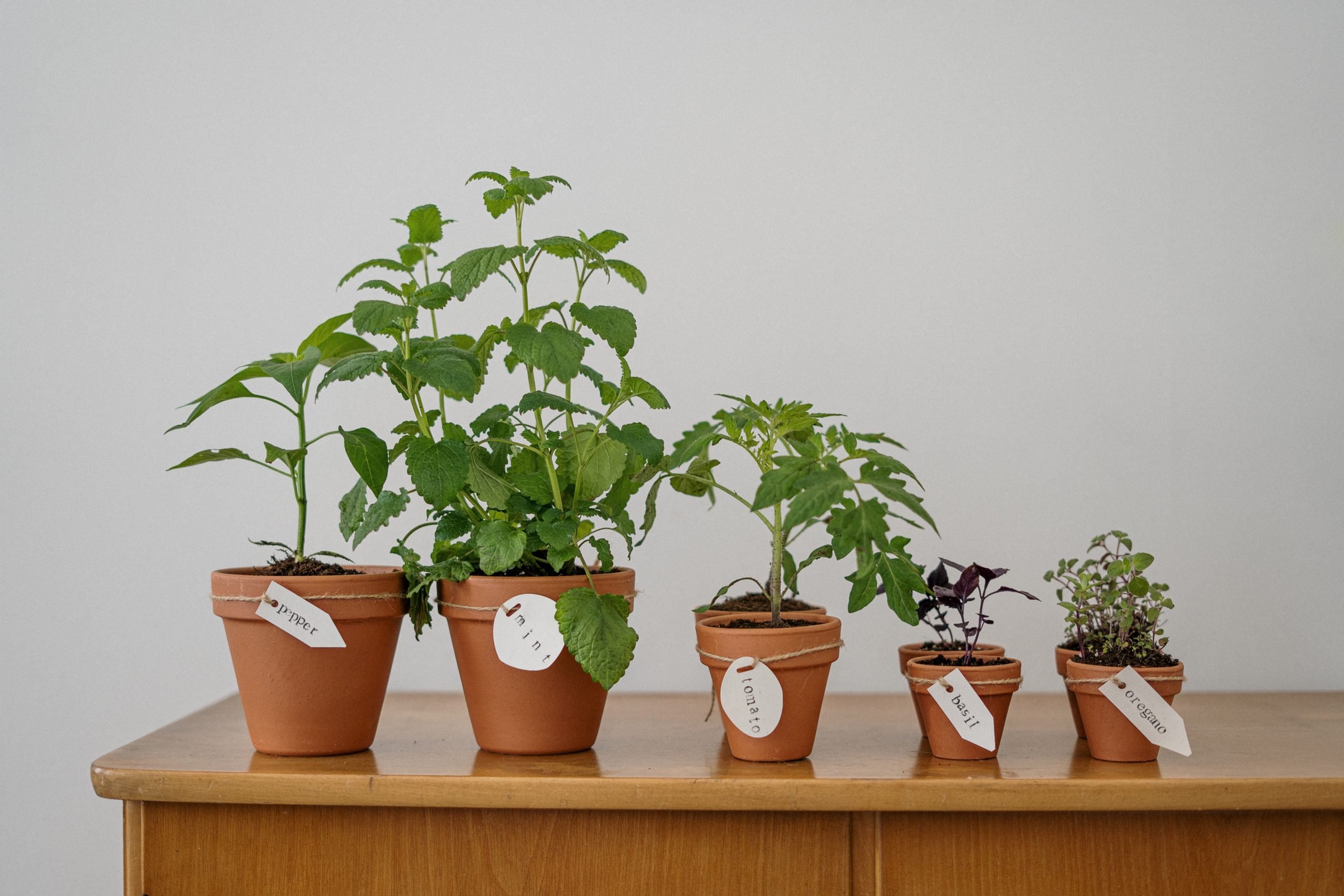Sweet Pea Cultivation: A Beginner’s Guide to Growing Lathyrus
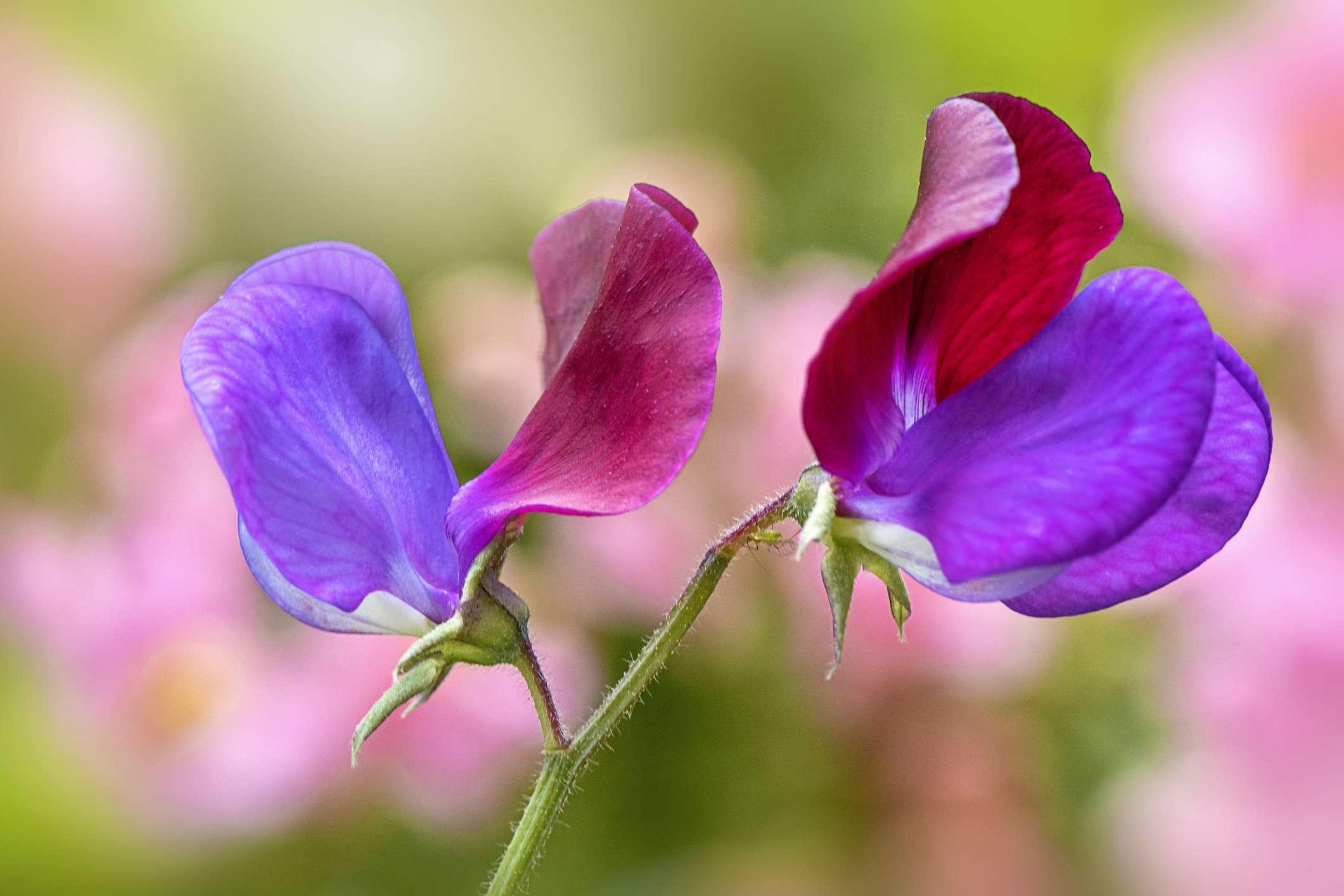
Table of Contents
Are you looking to add some beauty and fragrance to your garden? Look no further; Sweet Pea is just what you need! These delicate flowers are a gardener’s dream, with their bright colours and fascinating aroma.
But cultivating isn’t just about aesthetics; these plants also play an important role in the ecosystem, attracting beneficial insects and pollinators to your garden. With a little bit of know-how, they’re easy to grow, even for beginners.
In this blog, we’ll cover everything you need to know, from selecting the right location to preparing the soil, choosing the right variety, and caring for your plants throughout the growing season.
Follow along as we explore everything there is to know about these enchanting flowers.
About Lathyrus Odoratus
Lathyrus is a genus of flowering plants belonging to the family of Fabaceae and is commonly known as Sweet Peas. The most common species of the genus is Lathyrus Odoratus, which is grown for its fragrance and colourful plants.
Sweet Pea is a wildflower that originated in Sicily around 1695 when a monk sent seeds to a plant man in Europe. Sweet Pea is a native Mediterranean native plant which became famous in Western Europe in the 17th Century. Many cultivars have been developed since the 19th century; many new unique varieties were created. This vigorous breeding has given rise to many new colours and over 160 spices.
Sweet Peas are annual climbing plants that can grow up to a height of 2 meters from the ground. They produce a cluster of flowers in a wide range of colours like Pink, white, red, purple, and blue. These flowers are sweetly scented and popularly used for commercial floral arrangements and as cut flowers.
Sweet Peas thrive in cool, moist conditions; they can be started from seeds indoors and then transplanted outside once the danger of frosting has passed. Regular pruning enhances bushy growth and abundant flowering.
Discover the Techniques for Cultivating Lathyrus Sweet Peas
There are over 160 varieties of Lathyrus, but the most commonly cultivated is Lathyrus odoratus, known for its fragrance and colourful flowers. If you are choosing a Lathyrus, the main decision is whether scented flowers or unscented plants. Then choose whether you want an annual plant or a long-living plant.
1. Prepare the Soil
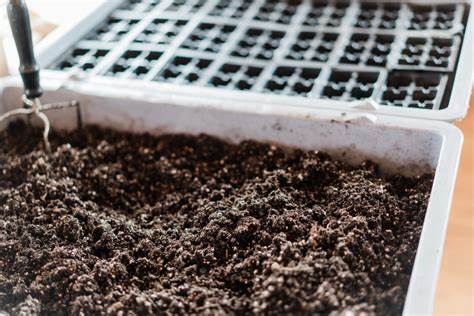
Sweet Peas thrive in well-drained yet moist soil and prefer plenty of sunlight. Then, prepare the soil by adding organic matter, such as compost or aged manure, to improve its fertility and texture. Prepare the soil at least four weeks before planting. Sweet Peas prefer slightly alkaline soil with a pH between 7.0 and 7.5.
Now sow 2 or 3 Sweet Pea seeds about 1 inch deep and 2 inches apart. Water the soil and make sure the water is not getting clogged. As the seedlings grow, transplant them to provide enough space for the roots to grow.
2. Planting

In the UK, Sweet Peas can be planted in the autumn (September to October) or spring (March to April). In areas with mild climates, it is advisable to plant during the autumn season, as this enables the plants to establish their roots prior to the onset of the cold winter weather. On the other hand, spring planting is more common in colder regions or where the soil is heavy and wet during the winter. By planting in the spring, you can take advantage of warmer weather and longer days to encourage vigorous growth and blooming.
3. Watering
Sweet Peas thrive in moist soil. During dry weather conditions, water the plant thoroughly, making sure water reaches the roots. Do not over-water the plant to avoid root rot and other problems. The other way to retain water is by mulching, using organic mulch like straw or Shredded leaves around the base of the plant to avoid drying up and regulate temperature.
It is also worth noting that Sweet Pea plants are sensitive to salt water.
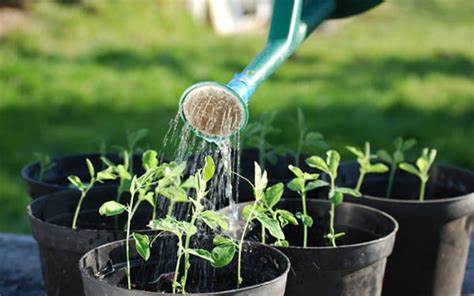
4. Pruning
Sweet Peas are climbers and grow bushier if left out without proper care. To increase branching for more flowers to bloom, pinch 1 inch of the growing part when the plant reaches 4 inches tall. Deadhead the plant to encourage continued blooming and prevent the plant from going to seeding quickly.
Deadheading is the process of removing spent blooms and faded flowers. This encourages the plants to focus on producing new buds and growth. Repeat the process regularly in the blooming season for the plant to produce fresh blooms.
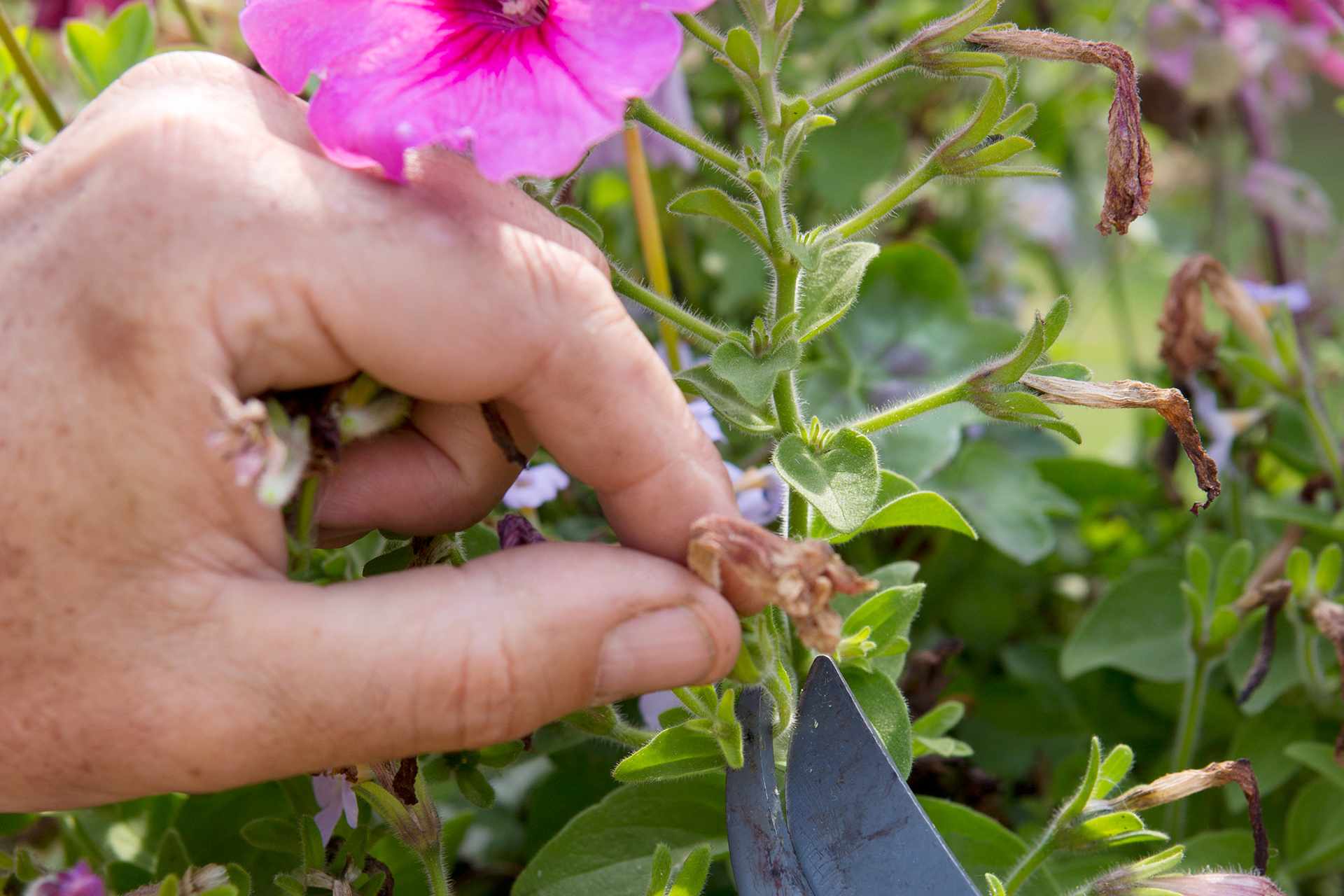
5. Propagating
Sweet Peas can be propagated from seedlings cutting or from seeds. If you plan to grow the plant from a seedling stem, follow the following steps.
- Choose a healthy sweet pea plant, cut a 5-to-6-inch stem segment below a node using scissors or pruners, and leave at least a few nodes for new growth.
- Use rooting hormone to stimulate robust growth. However, since the rooting hormone is optional, you can skip that and place the stem in a jar half filled with water and keep it under indirect sunlight.
- Once you notice root growth in 7 -14 days, transplant the rooted stem cutting in soil. Now, wrap the stem with a plastic bag and let the stem have an hour of fresh air daily.
- Wait till you notice new growth, then transfer it into a larger container.
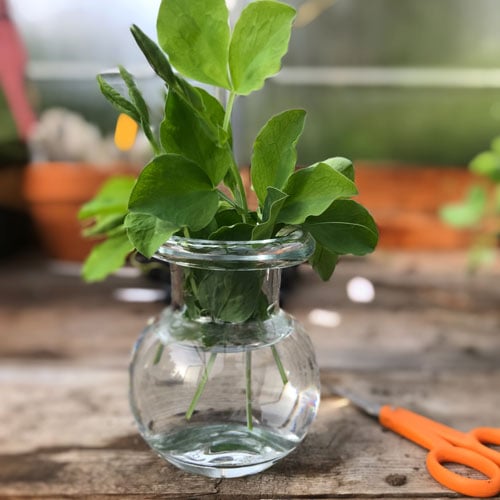
Sweet Pea is usually grown through seeds. You can start seeding 4 – 5 weeks before the last frosting day. Seeds can start outdoors in well-drained, moist soil at 50 degrees Fahrenheit. Here’s how you can grow Sweet Peas through Seeds.
- Soak the seeds for a few hours to soften the coat and assist germination.
- Transfer the seeds to a peat pot.
- Plant the seeds in holes about 2 inches
- deep, and these seeds germinate at 55 to 65 degrees Fahrenheit.
- Water thoroughly and keep the soil moist till the seeds are sprouted.
- To encourage root development, pinch off the flowers or buds while transplanting them to the pot.
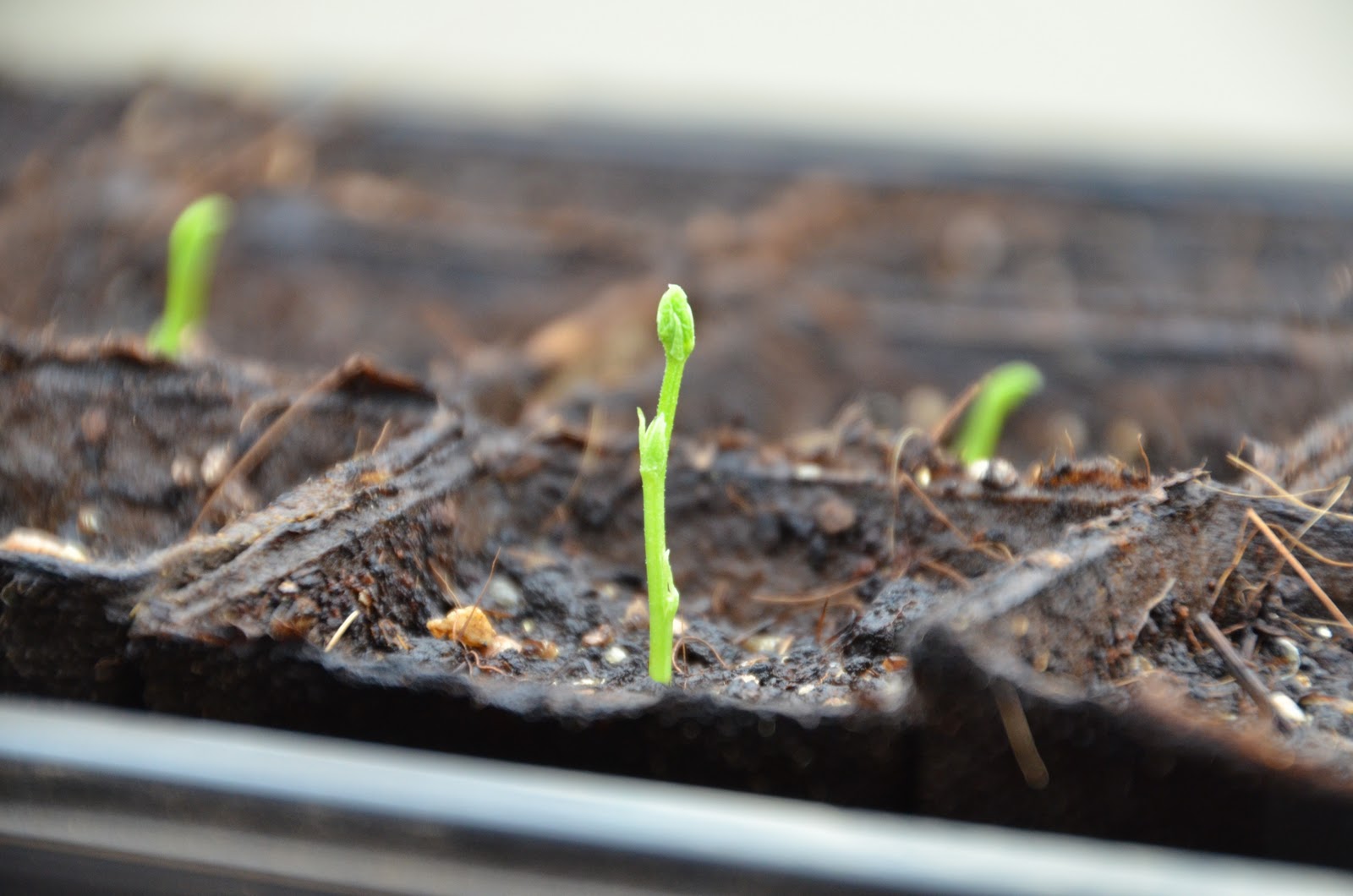
6. Support the Climber
Sweet peas are real climbers that require support to grow and produce more flowers. Install a trellis in the ground and attach the plant. Support them while climbing up by gently tying up the stems to the trellis with soft ties or garden twine.
If you have other tall plants in the garden, help them climb onto the tree by planting them near it.
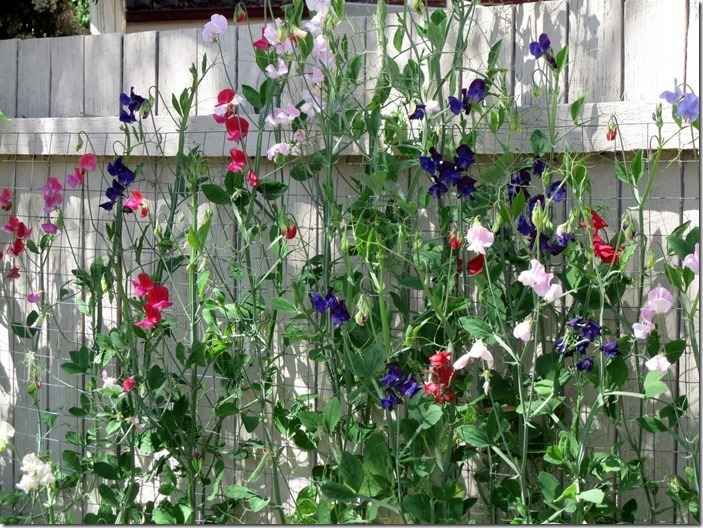
Common Pests
Sweets Pea plants can occasionally get infected by pests, but fortunately, only a few infections are fatal. However, if you notice abnormalities like stunted growth, yellow leaves, spots and wilting, look out for the pests. Here is a list of pests that can infect the Sweet Pea Plant.
1. Aphids: These small, soft-bodied insects can feed on the leaves, stems, and flowers.
2. spider Mites: These tiny pests can be difficult to see, but their webbing is often visible on the leaves.
3. Thrips: These small, slender insects can cause damage to Sweet Pea flowers by feeding on the petals.
4. Slugs and Snails: These pests can be problematic for Sweet Pea plants, especially in moist conditions. These can bring large holes in the leaves and slime trails.
5. Caterpillars: Various caterpillars can feed on Sweet Pea plants, including the Sweet Pea moth caterpillar.
Regularly inspecting the plants for signs of pest infestation and taking appropriate measures such as handpicking, using insecticidal soap or horticultural oils, or introducing beneficial insects can help keep the pests under control.
Do Sweet Peas Come Back Every Year?
As discussed earlier, sweet peas are annual plants; the full life cycle of the sweet peas is usually a year, and the flowers bloom in spring. Therefore, sweet peas do not generally come back after the completion of the life cycle. However, some might self-seed if the seeds disbursed from the pod don’t freeze over winter.
But replanting the sweet pea with fresh seeds is recommended to produce more fragrant flowers every year. Unfortunately, even though you can grow the plant year after year, the fragrance of the flowers and yielding reduces gradually.
It is a known fact that sweet pea plants can be grown easily. They demand fertilizers that have high potassium content. The unique properties of this plant to terminate their lives after harvest and to fix the nitrogen levels in the soil makes it different from other perennial plants.
So, enjoy the harvest while it lasts!
If you are looking for a sweet pea with long-living time, then Lathyrus latifolius is the best alternative.
About Lathyrus Latifolius
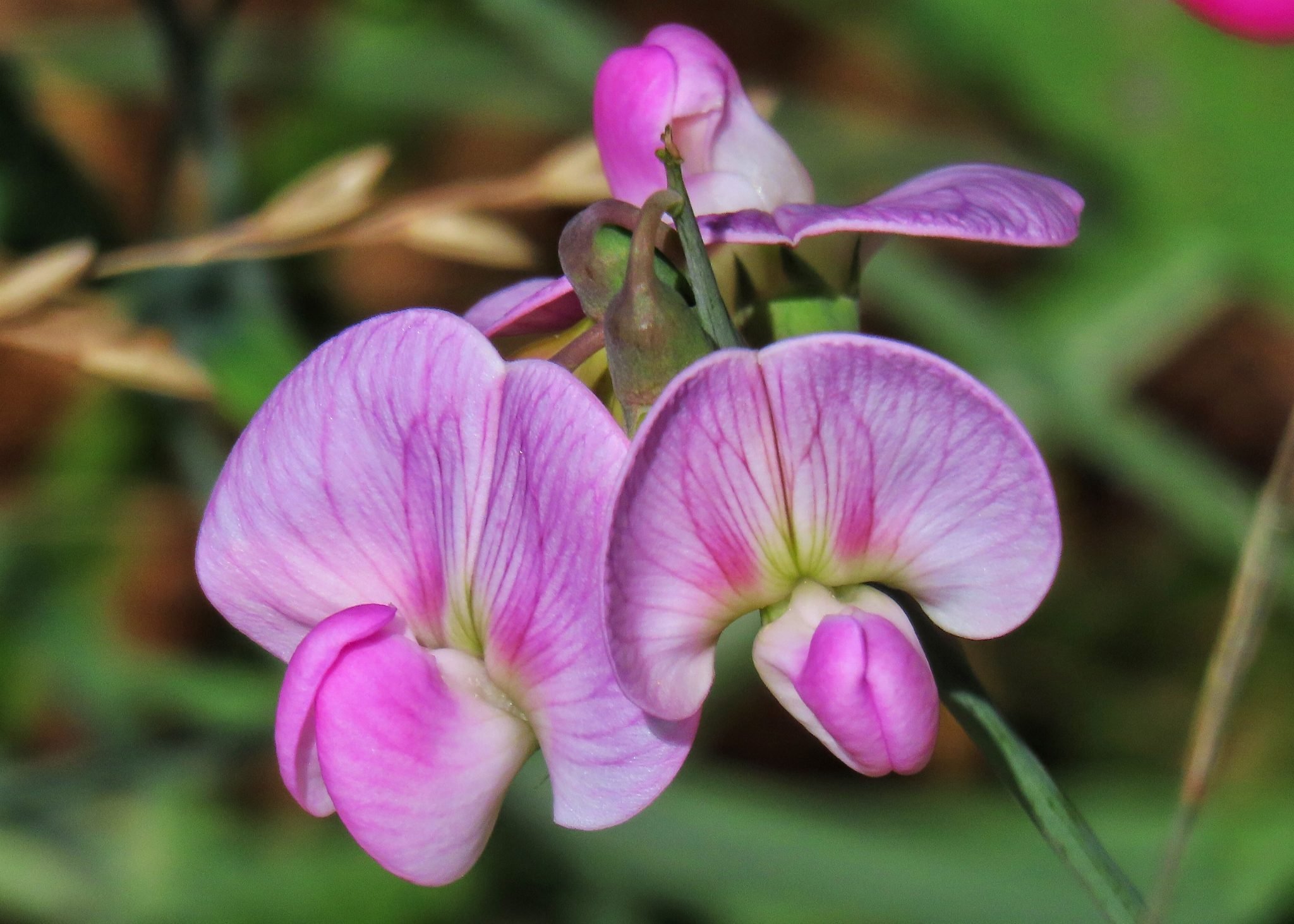
It is also known as Perennial Pea and is one of the Lathyrus species. These flowering plants are unscented and have a long flowering period.
Perennial Lathyrus species generally require less maintenance than sweet peas and can tolerate a wider range of growing conditions. They also have a reputation for being hardy plants that withstand cold temperatures and harsh growing conditions.
While sweet peas and perennial Lathyrus species are members of the Lathyrus genus and produce attractive flowers, they are different plants with different growing habits and requirements. Sweet peas are typically annual ornamental plants, while perennial Lathyrus species are long-lived garden plants.
Though the growing process is the same, the growing conditions vary as the perennial Lathyrus can tolerate a wide range of conditions like dry soil, heat, and drought.
Health Benefits of Sweet Peas Plant
Sweet Pea leaves have some amazing health benefits like Antioxidant and Antifungal properties, and they are a rich source of plant-based protein and calcium supplements. In addition, the aromatic and natural colour of the flowers has some fascinating cosmetic properties.
Consuming sweet pea leaves in high quantities can lead to kidney problems. Therefore, if the leaves of the sweet pea are part of your daily supplement regimen consulting your doctor is highly recommended. Even though the plant has some intriguing health benefits, the seeds are considered toxic, and it is recommended to consult the doctor before consuming the leaves.
Conclusion
Sweet Pea Plants are an amazing addition to your garden because of their aromatic and natural bright-coloured flowers. Sweet Peas are annual ornamental plants usually grown for commercial and decoration purposes. Though Sweet Pea is an easy-growing plant with less maintenance, the initial stage of the growing process is crucial as the well-set soil stimulates growth.
And why stop at just one season? With the right techniques, you can save your sweet pea seeds and start the process all over again next year. It’s a great way to ensure a steady supply of these gorgeous flowers and also adds an element of sustainability to your gardening practices.
We hope this guide has inspired you to take up sweet pea cultivation and has provided you with all the information you need to get started. Happy planting!

